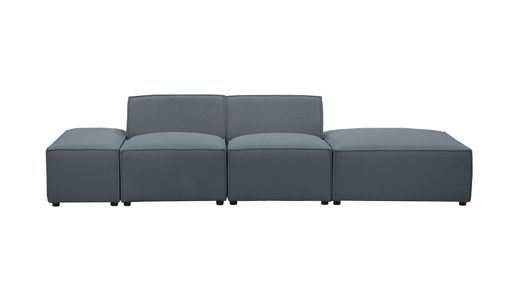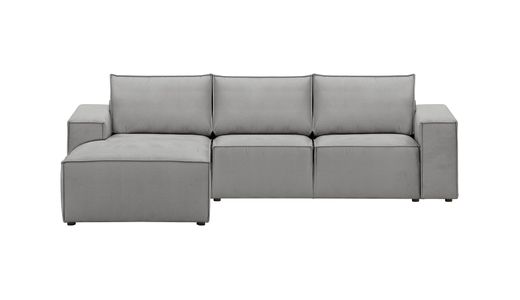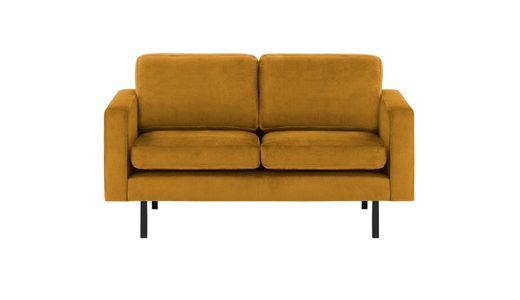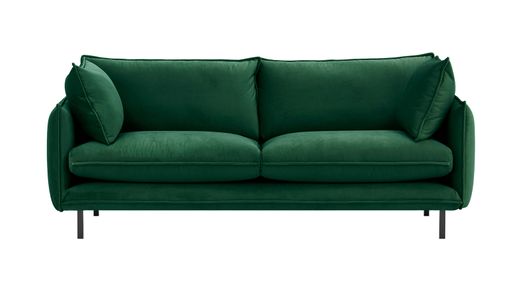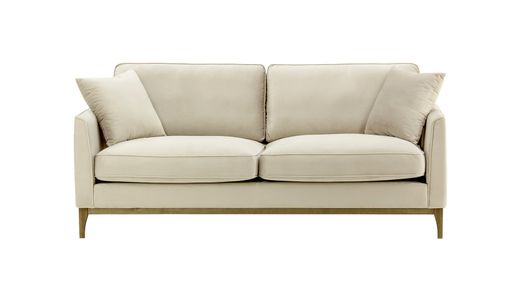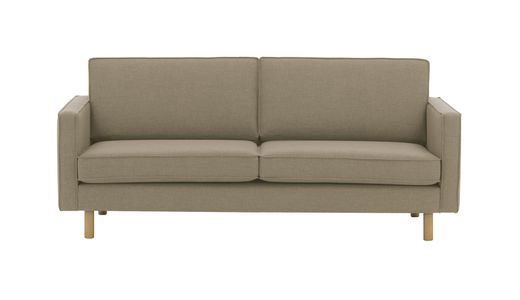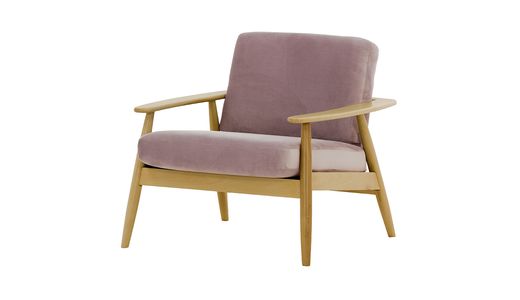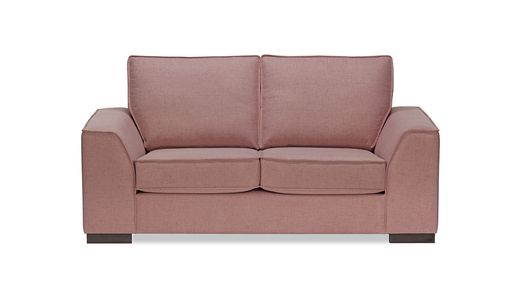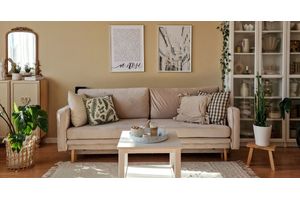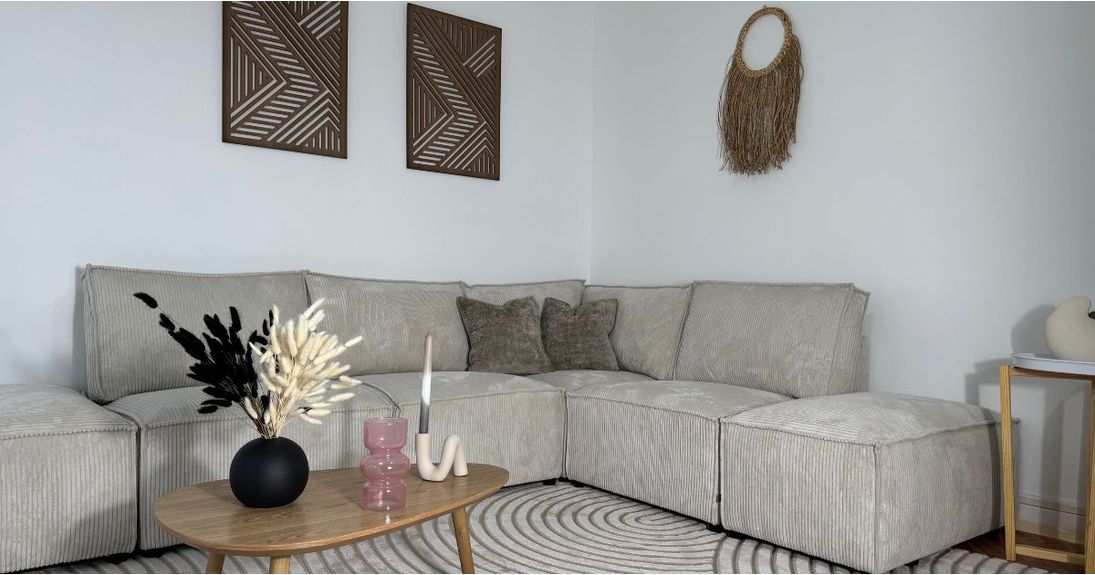
How to Create a Harmonious Zen-Inspired Interior
The modern world moves at a dizzying pace, which is why more and more of us are seeking peace and balance within our own homes. Zen style, rooted in Japanese philosophy of simplicity and harmony, responds perfectly to this need. It allows us to create a space that encourages calm, restoration and mindfulness. In this article, we’ll show you how to design a Zen-inspired interior using soft tones, natural fabrics and carefully chosen furniture. These tips will help you build a space that not only looks beautiful but also soothes the senses and supports your everyday wellbeing.
The Philosophy of Zen in Interior Design
Zen style originates from Eastern spiritual traditions, in which balance, silence and being present in the moment play a central role. In terms of interior design, this translates into minimalism, functionality and natural beauty. A Zen-styled space should be simple, yet not stark – a place that envelops you with calm and provides a sense of refuge.
A Zen-inspired home is one where everything has its purpose and place. There are no accidental objects or an overload of decoration. Every detail – from furniture layout to material choice – should enhance a sense of harmony and awareness. This approach helps to bring balance not only into your interiors but into your daily life as well.
The Power of Soft, Natural Colours
Colour plays a key role in Zen interiors. The palette is dominated by muted, neutral and nature-inspired tones – beiges, off-whites, light greys and gentle earthy shades. These colours have a calming effect, visually expand the space and encourage a sense of tranquillity. Light, soft tones don’t overwhelm – they help you unwind after a long day.
These colours work beautifully on both walls and furnishings. Upholstered furniture – such as sofas, corner units and beds – in sandy, creamy or clay hues will provide a neutral base for the entire space. By selecting textiles in matching tones, you’ll achieve a cohesive, harmonious look.
Explore soft-toned furniture → Charles Large Modular Corner Sofa
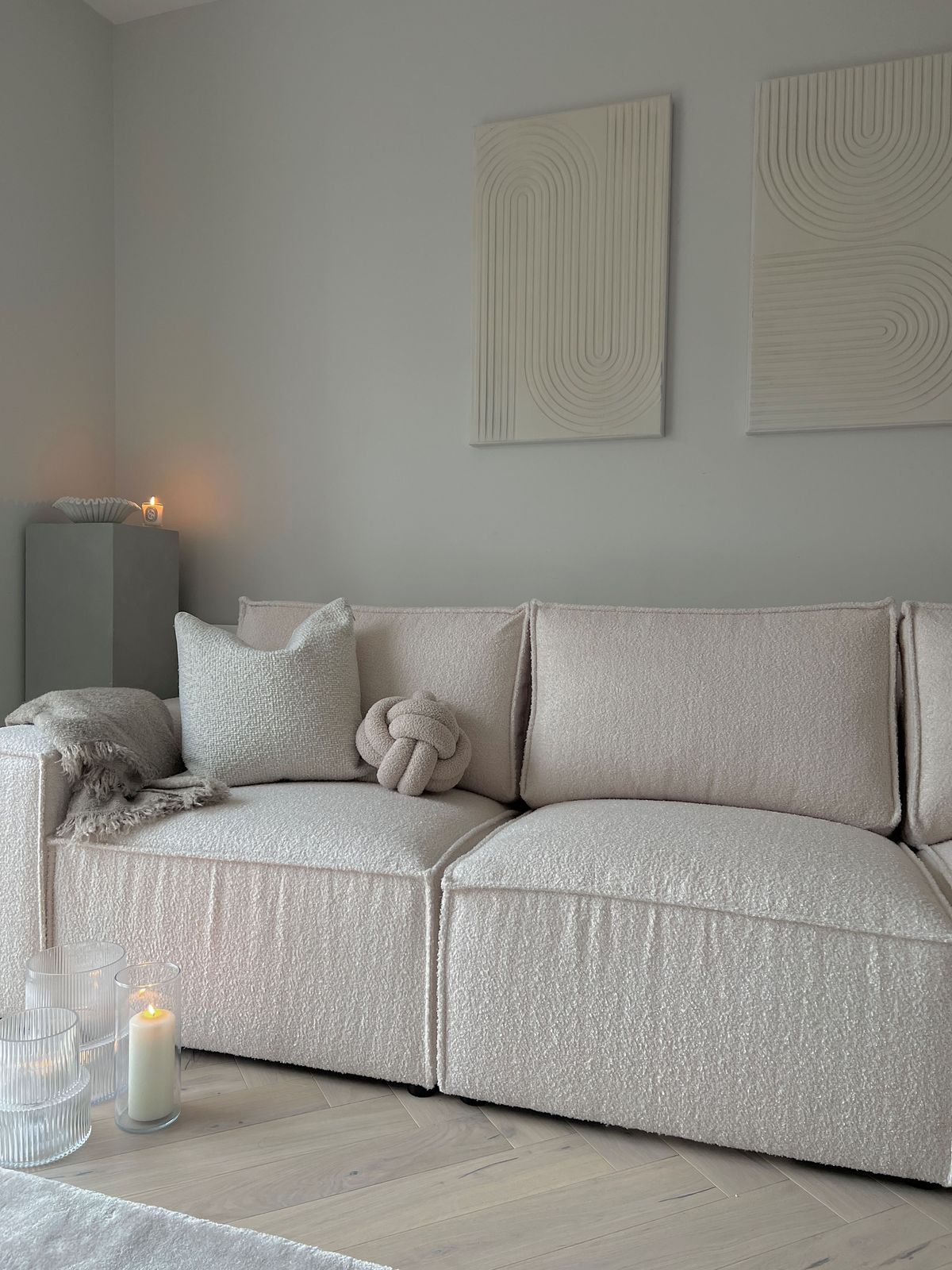
Natural Fabrics – Softness You Can Feel
Fabrics are one of the cornerstones of cosiness in Zen interiors. They should be soft to the touch, skin-friendly and of natural origin – linen, cotton, wool or bamboo are perfect choices. These materials add warmth without excess ornamentation and make everyday contact with your surroundings more pleasurable.
Natural fabrics also offer practical benefits – they’re breathable, durable and often more eco-friendly than synthetic alternatives. Upholstery in linen or cotton is a natural match for the Zen philosophy, as are curtains, throws and cushions made from organic fibres. These are the elements that bring softness and depth to the space.
Breathable Furniture – Simplicity and Function
A Zen-inspired interior should first and foremost be functional. Furniture should be simple in form, sturdy and free from unnecessary embellishments. The ideal sofa or corner unit invites relaxation – low, wide, in a soft tone and upholstered in a natural fabric. Armchairs and beds should have ergonomic shapes and avoid dominating the space.
Minimalism in furniture doesn’t mean giving up comfort – quite the opposite. In Zen interiors, quality matters more than quantity. Instead of many small pieces, go for one larger item that serves multiple functions and offers real comfort. It’s equally important to leave space between pieces – the room needs to breathe.
Less Is More – Practical Minimalism
One of the core principles of Zen style is reducing excess. Every object should have a place and a purpose. Minimalism in design is not only about aesthetics – it’s a conscious lifestyle choice. A clutter-free space helps you focus on what truly matters and simplifies your daily routines.
In practice, this means tidy surfaces, carefully considered decor and thoughtfully selected accessories. Rather than crowding the space with small ornaments, choose one strong accent – a handmade vase, a wooden sculpture or a large indoor plant. This curated approach keeps the interior light, open and mentally calming.
Explore the minimalist style → Linara 3 Seater Sofa
Light and Space – Creating Balance
Natural light is essential in any Zen interior. It brings out the subtlety of colours, textures and furniture lines, while creating a warm, serene atmosphere. Instead of heavy curtains, opt for light, airy fabrics – linen or cotton in pale shades that allow daylight to gently filter through.
Equally important is space itself. Zen style promotes an open layout where energy can flow freely and visual clutter is minimised. Avoid blocking every wall or corner – empty space isn’t a void, it’s a breath of fresh air. It’s this sense of openness that makes an interior feel truly calm and balanced.
Textures and Layers – Subtle Warmth
Although Zen interiors lean towards minimalism, they don’t have to feel cold or dull. The key to cosiness lies in mixing textures and layering materials. A chunky knit throw draped over a smooth sofa, linen cushions, a wool rug – these elements add depth and warmth without overwhelming the senses.
Combining different materials within the same colour family enhances the sensory appeal of the space. Wood, linen, ceramic and glass work beautifully together to create a gentle, tactile environment. You don’t need bold contrasts – a soft play of light across surfaces or a slight difference in texture is enough to bring character to the room.
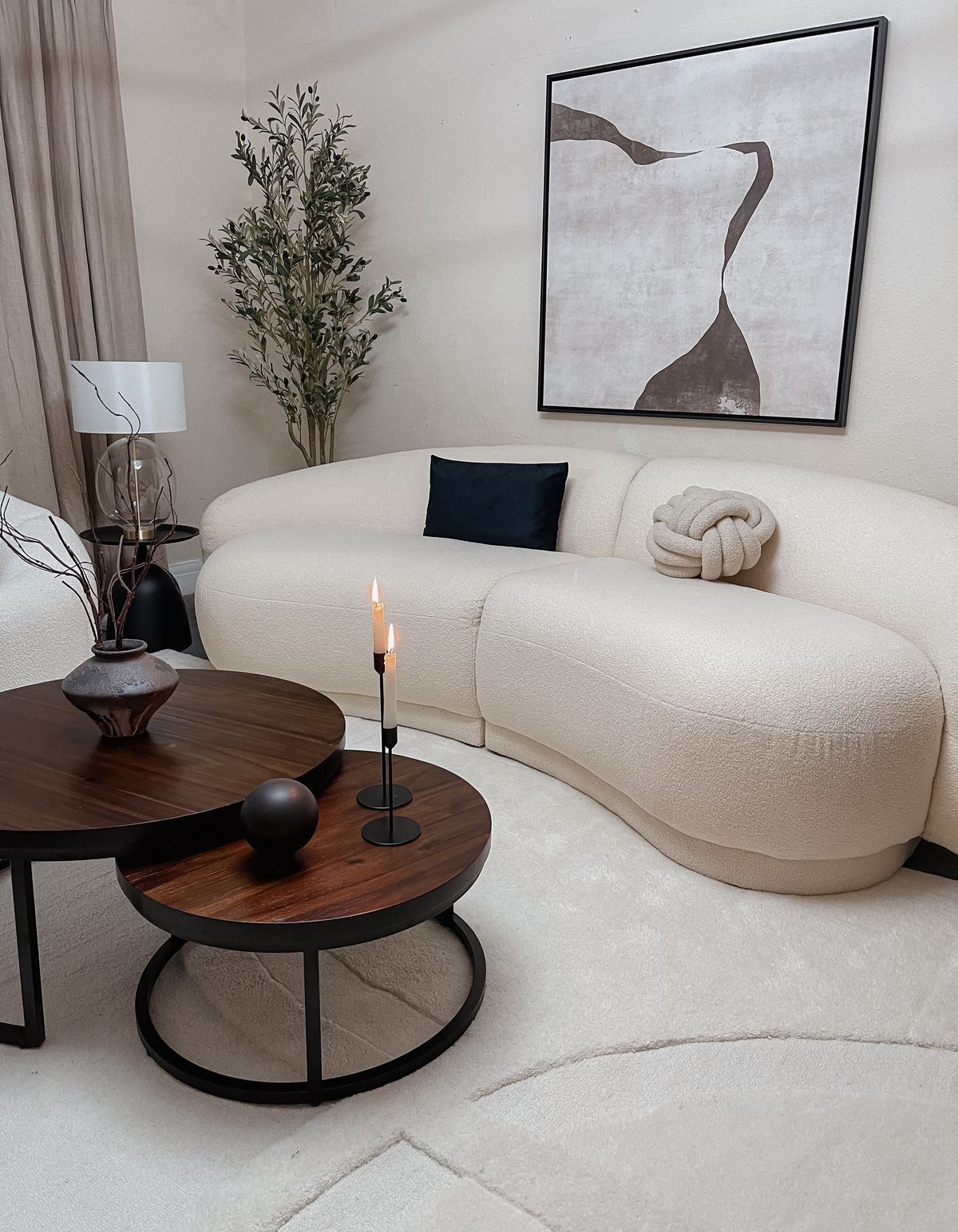
Plants, Scents and Personal Touches
The final element of a Zen-inspired interior lies in the subtle details that shape its atmosphere. Green potted plants – like ficus, ferns or monstera – bring life into the space, purify the air and reinforce your connection with nature. In Zen style, simple, understated forms are the most effective.
Scent also plays an important role – a soy candle, essential oil or natural incense can ease your mind and bring a feeling of peace. Add a personal touch – your favourite book, a handmade bowl from your travels or a photo in a minimalist frame. Zen doesn’t exclude emotion – it encourages you to cherish what truly matters.
Conclusion
Zen is not just a decorating trend – it’s a pathway to a more mindful and peaceful life. By choosing soft colours, natural materials and simple furniture, you can create a space that supports your daily sense of calm. A Zen interior is one where you can breathe deeply and truly feel at home.
If you’re looking for furniture to help you build such a space, explore our range of sofas, beds, armchairs and corner units. Choose quality, simplicity and harmony – choose a space that soothes.

